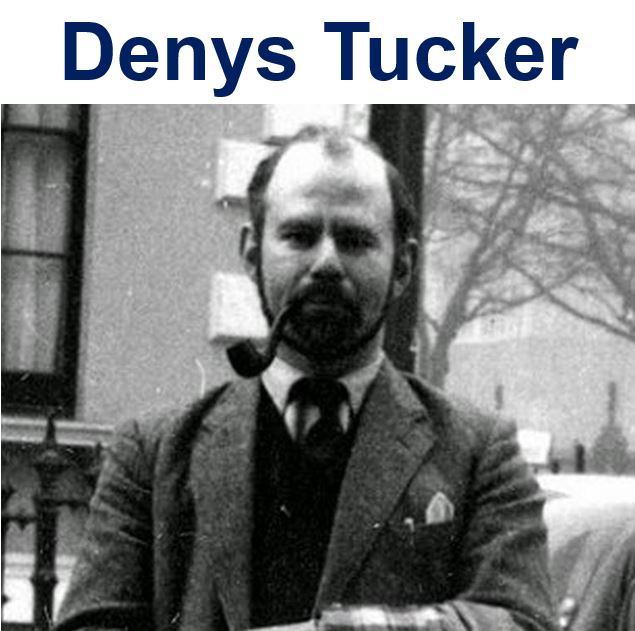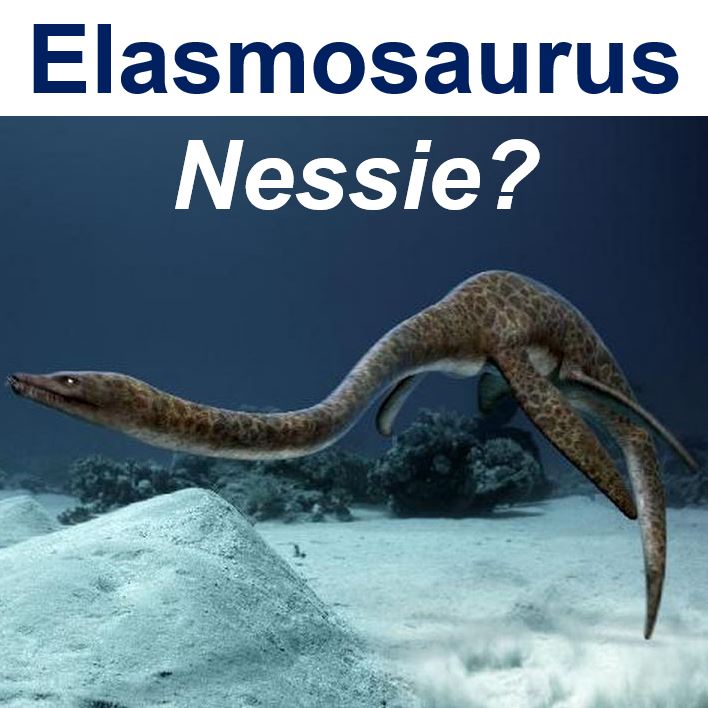Dr. Denys Tucker (1921-2009) was an eminent scientist who was fired as principal scientific officer at the Natural History Museum because he claimed he saw Nessie – the Loch Ness Monster. His bosses felt a man of his standing, working in such a prestigious Museum, should not have made those types of claims in public.
Dr. Tucker was a leading zoologist and fish expert – considered the world authority on eels – when he joined the Natural History Museum in London in 1949, after serving as a pilot in the Second World War.
Aged just 28, he was by far the youngest scientist at the Museum.

Had Dr. Tucker not gone on that trip to Scotland, who knows where his career might have taken him. (Photo: lochnessmystery.blogspot.co.uk)
He started off as a scientific officer, was promoted to senior scientist in 1951, and became the Museum’s principal scientific officer in 1957.
The Independent obtained papers released under the Freedom of Information Act which revealed that Dr. Tucker’s bosses and senior academics had great hopes for the scientist. They were quoted as saying “Most people who know him would agree that in intelligence he is to be classed with a few of our most brilliant colleagues.”
Claiming to see Nessie cost Dr. Tucker his career
Unfortunately, in 1959, an event changed the course of Dr. Tucker’s career. He went on a trip to Scotland and saw an “unnamed animal” breach the surface of Loch Ness.
He wrote a letter to the New Scientist in which he repeated his ‘sighting of Nessie’ claim, adding that the creature must have been an Elasmosaurus, a genus of plesiosaur with a very long neck that lived 80.5 million years ago during the Late Cretaceous period (Campanian stage).
Dr. Tucker stated:
“I am quite satisfied that we have in Loch Ness one of the most exciting and important findings of British zoology today.”
A Nessie sighting made by such a well-respected scientist fascinated members of the general public, who flocked to Loch Ness in the hope of catching a glimpse of the prehistoric giant.
Dr. Tucker’s claim sparked three decades of academic research into the Scottish loch (lake).

Dr. Tucker suggested Nessie was an Elasmosaurus. (Image: info.gov.hk)
Bosses not amused
The directors at the Museum were displeased. According to documents, they told Dr. Tucker that for somebody of his standing working in one of the world’s top museums, making wild claims were not ‘suitable’.
Rumours and stories started to circulate about his previous work and suspicious disciplinary record. Even the sex lives of colleagues were called into question. He was accused of once waving a pistol at a superior.
In 1960, Dr. Morrison-Scott became head of the Museum, and promptly fired Dr. Tucker.
Dr. Tucker did not take the dismissal lying down. He immediately sued the Museum trustees in person.
In the 1960s, suing trustees was not like it is today, where you would take a bunch of academics to court. Then, he had to launch a case against Harry Hylton-Foster, the Speaker of the House of Commons, Archbishop of Canterbury Lord Fisher, as well as two viscounts and a marquess.
The powers-that-were expressed horror at what might happen if Dr. Tucker won. It would mean they would not be able to dismiss a civil servant again.
His case made it all the way to the Court of Appeal, which tossed it out.
After failing to win his case, Dr. Tucker became convinced that there was a concerted attempt by the authorities to cover up Nessie sighting claims. He never held an academic post again.
Dr. Tucker moved to Wimbledon, and then later emigrated to France, where he died in 2009.
